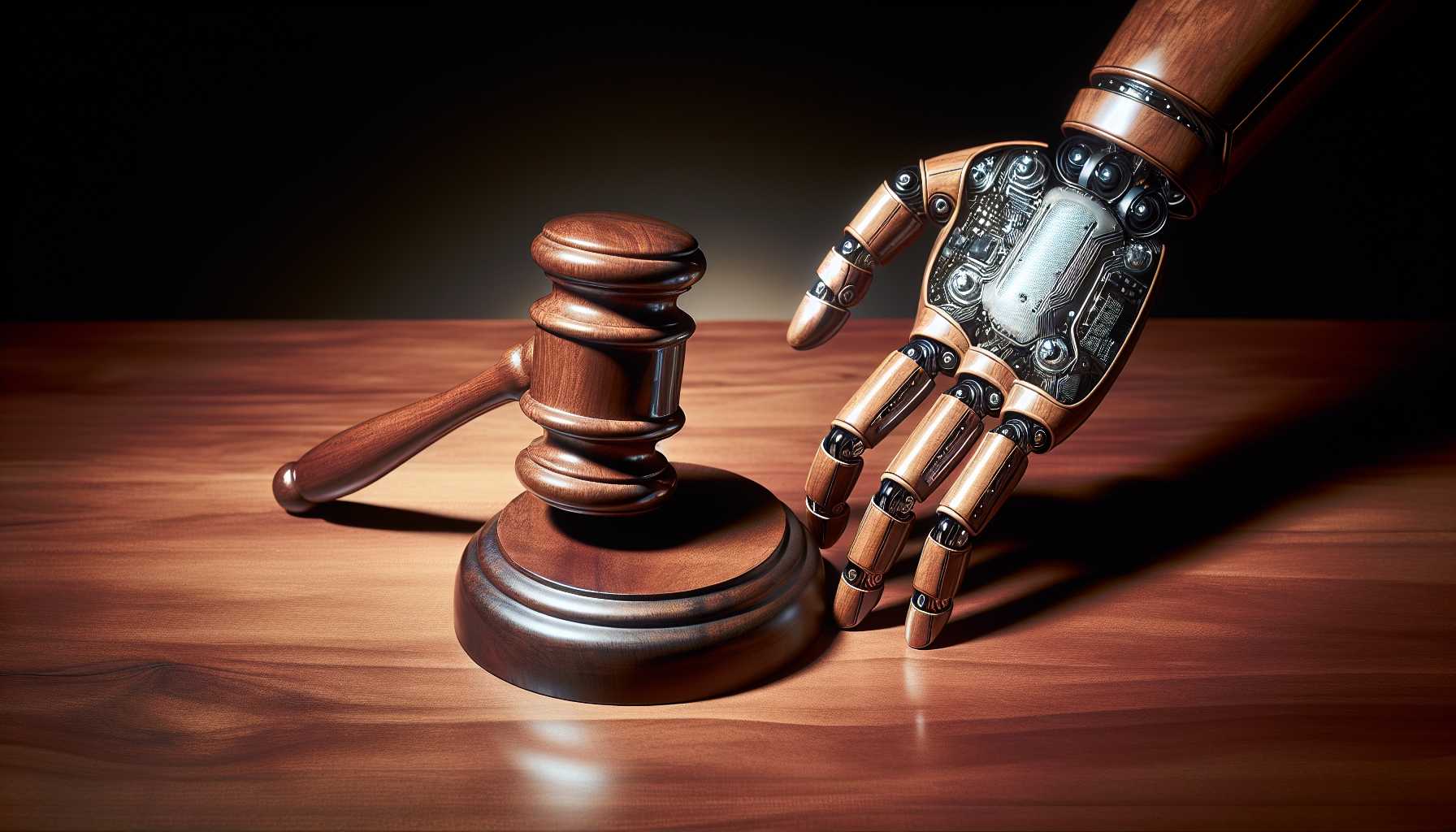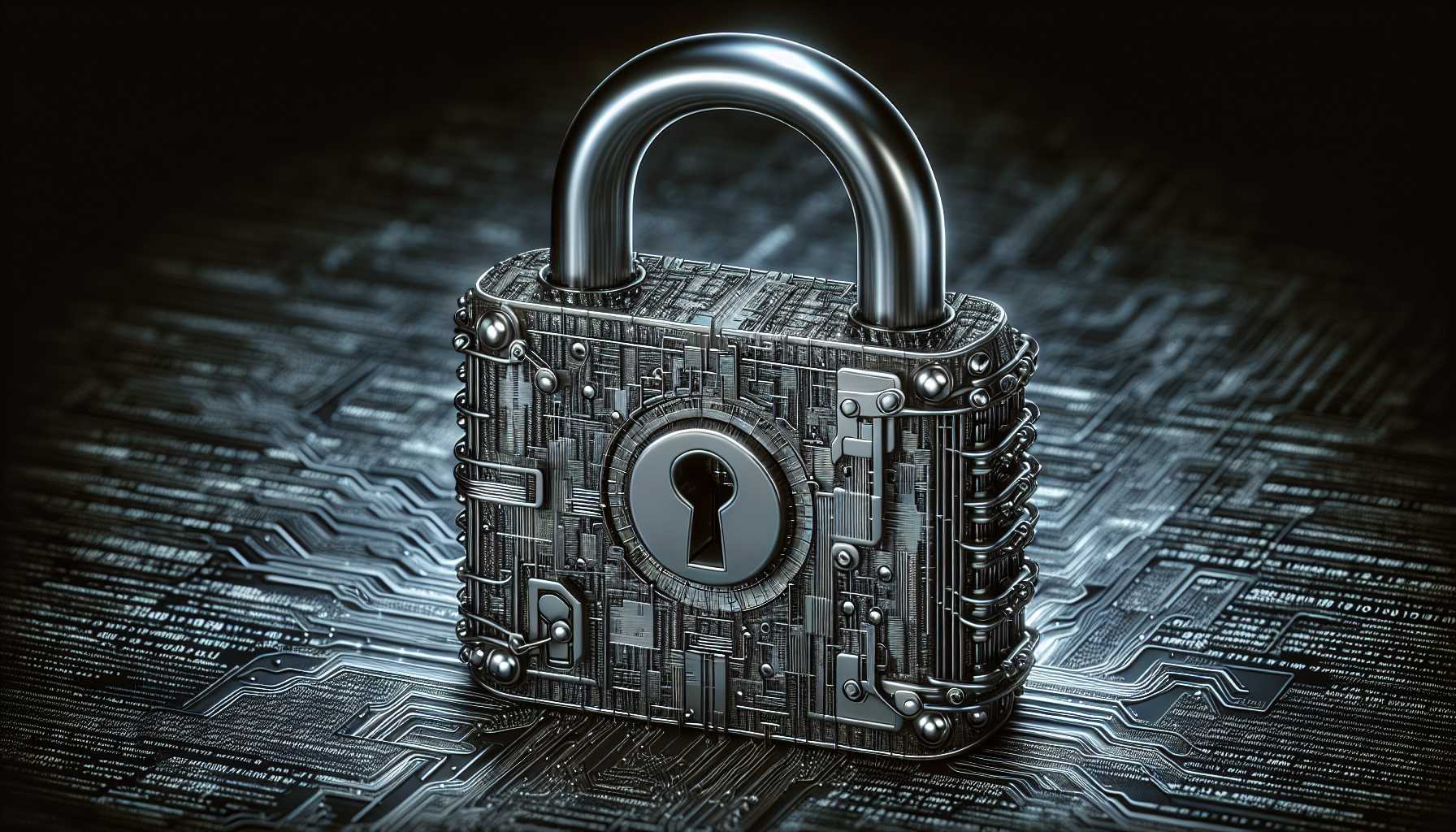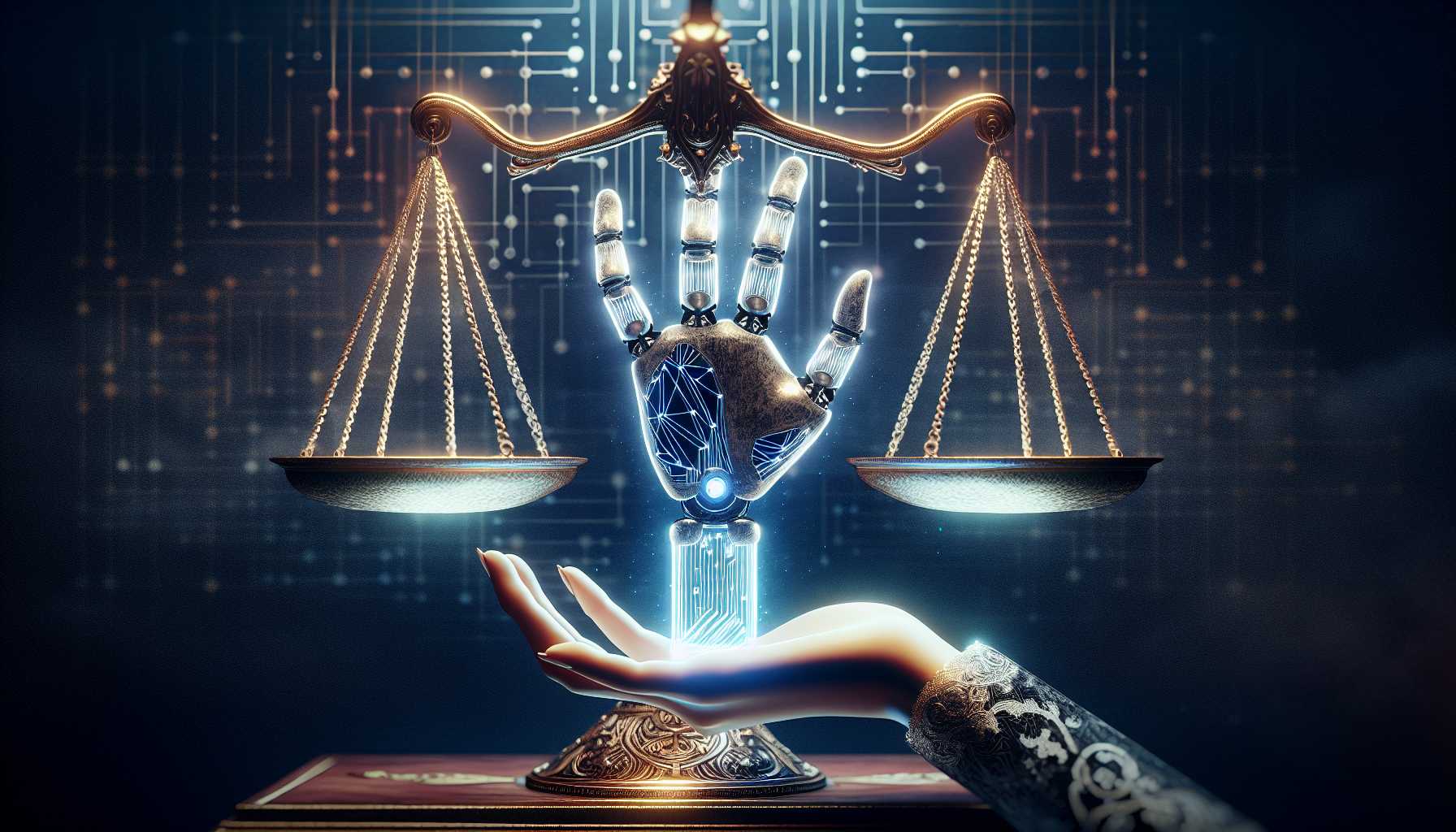The Double-Edged Sword of Artificial Intelligence in the Judicial System
 The U.S. Supreme Court is often seen as a bastion of tradition in an ever-changing world, but even it cannot ignore the roaring tides of change brought about by artificial intelligence (AI). In a recent report, Chief Justice John G. Roberts, Jr. acknowledged AI’s considerable potential to democratize the law, making legal tools more accessible to those who can’t afford lawyers. It’s an intriguing conundrum: on one hand, AI can reduce the headache of filling out court forms and navigating the labyrinthine halls of justice from one’s living room. On the other, as Roberts points out, the nuances of human judgment, so critical to the dispensation of justice, could be steamrolled by the rigid algorithms of our digital servants. Imagine a future where a chatbot, perhaps a distant relative of ChatGPT, serves as your legal counsel. Quite convenient, until it conjures up non-existent cases, as seen in a recent debacle involving lawyers who trusted the bot a tad too much. Even Michael Cohen, infamous in his own right, was seduced by the siren song of Google Bard, mistaking it for a “supercharged search engine,” only to discover it could conjure deceitful results. AI is stepping into the ring, folks, and it’s throwing some heavy punches. We’ve seen AI’s potential to improve efficiency and reduce costs in trials but let’s hold onto our gavels for a moment before we let it pass judgment on its own.
The U.S. Supreme Court is often seen as a bastion of tradition in an ever-changing world, but even it cannot ignore the roaring tides of change brought about by artificial intelligence (AI). In a recent report, Chief Justice John G. Roberts, Jr. acknowledged AI’s considerable potential to democratize the law, making legal tools more accessible to those who can’t afford lawyers. It’s an intriguing conundrum: on one hand, AI can reduce the headache of filling out court forms and navigating the labyrinthine halls of justice from one’s living room. On the other, as Roberts points out, the nuances of human judgment, so critical to the dispensation of justice, could be steamrolled by the rigid algorithms of our digital servants. Imagine a future where a chatbot, perhaps a distant relative of ChatGPT, serves as your legal counsel. Quite convenient, until it conjures up non-existent cases, as seen in a recent debacle involving lawyers who trusted the bot a tad too much. Even Michael Cohen, infamous in his own right, was seduced by the siren song of Google Bard, mistaking it for a “supercharged search engine,” only to discover it could conjure deceitful results. AI is stepping into the ring, folks, and it’s throwing some heavy punches. We’ve seen AI’s potential to improve efficiency and reduce costs in trials but let’s hold onto our gavels for a moment before we let it pass judgment on its own.
Plugging into Cybersecurity: New Year’s Resolutions for Enterprises
 Now, let’s swap our law books for digital shields as we delve into the realms of cybersecurity. You’ve heard of New Year’s resolutions, right? Well, it’s time for enterprises to update their security vows: out with the old and risky, in with the new and robust. I’m talking about shunning “password123” for something that doesn’t roll out the red carpet for hackers. Karin Garrido, a VP at AT&T, likens weak passwords to flimsy locks on treasure chests – and she’s not exaggerating! This isn’t just about creative password crafting; it involves implementing multi-factor authentication (MFA) to put up a formidable gate against unwelcome digital trespassers. With Microsoft research backing the effectiveness of MFA in blocking 99.9% of attack attempts, it’s a no-brainer. Yet, we must do more than just add layers of access; we need to be vigilant against phishing in all its crafty forms—from spearphishing to the novel quishing with QR codes. It’s a cyber Hyacinth Bouquet out there: everything looks good on the surface, but nefarious intentions lurk beneath. Administrators must also engrave the principle of least privilege into their cybersecurity commandments. This ‘zero trust’ philosophy keeps everyone on their digital toes, ensuring that access is a privilege, not a right, plenty skeptical and backed by continuous verification.
Now, let’s swap our law books for digital shields as we delve into the realms of cybersecurity. You’ve heard of New Year’s resolutions, right? Well, it’s time for enterprises to update their security vows: out with the old and risky, in with the new and robust. I’m talking about shunning “password123” for something that doesn’t roll out the red carpet for hackers. Karin Garrido, a VP at AT&T, likens weak passwords to flimsy locks on treasure chests – and she’s not exaggerating! This isn’t just about creative password crafting; it involves implementing multi-factor authentication (MFA) to put up a formidable gate against unwelcome digital trespassers. With Microsoft research backing the effectiveness of MFA in blocking 99.9% of attack attempts, it’s a no-brainer. Yet, we must do more than just add layers of access; we need to be vigilant against phishing in all its crafty forms—from spearphishing to the novel quishing with QR codes. It’s a cyber Hyacinth Bouquet out there: everything looks good on the surface, but nefarious intentions lurk beneath. Administrators must also engrave the principle of least privilege into their cybersecurity commandments. This ‘zero trust’ philosophy keeps everyone on their digital toes, ensuring that access is a privilege, not a right, plenty skeptical and backed by continuous verification.
The Pitfalls of Automation: Cautionary Tales from the Front Lines
 It’s easy to get caught up in the glitz of automation and AI, but let’s be real: relying too heavily on them can be akin to sending a self-driving car out with no manual override—what could possibly go wrong? Take DoNotPay’s brush with the law, almost having its AI chatbot don the litigator’s suit, thwarted only by a warning of potentially practicing law without a license. And then there’s Luminance, showing off their legal language model Autopilot, autonomously navigating a contract negotiation without any human touch. Yes, the implications for scalability are mind-boggling, yet so are the risks of diluting the human factor in an already impersonal justice system. It’s like trying to replace doctors with WebMD bots—useful tools, yes, but a poor substitute for a human’s healing touch and expertise. Until we can iron out issues like ingrained biases and the lack of nuanced understanding, AI in law should remain in a supporting role rather than the lead.
It’s easy to get caught up in the glitz of automation and AI, but let’s be real: relying too heavily on them can be akin to sending a self-driving car out with no manual override—what could possibly go wrong? Take DoNotPay’s brush with the law, almost having its AI chatbot don the litigator’s suit, thwarted only by a warning of potentially practicing law without a license. And then there’s Luminance, showing off their legal language model Autopilot, autonomously navigating a contract negotiation without any human touch. Yes, the implications for scalability are mind-boggling, yet so are the risks of diluting the human factor in an already impersonal justice system. It’s like trying to replace doctors with WebMD bots—useful tools, yes, but a poor substitute for a human’s healing touch and expertise. Until we can iron out issues like ingrained biases and the lack of nuanced understanding, AI in law should remain in a supporting role rather than the lead.
Wrapping Up: The Future Is Here, Be Ready for It
 This all boils down to one thing: balance. We can’t allow ourselves to be so bedazzled by technology that we lose sight of its limitations and potential repercussions. In both the courtroom and in cyberspace, we need to use technology as a tool to enhance our capabilities, not replace our reasoning. As we navigate this new legal and cyber terrain, let’s remember that technology is an extension of our will, not a replacement for our judgment. AI is indeed reshaping how we approach the judiciary, just as cybersecurity is now entrenched in our daily business lives. From how we helm trials to guarding against data breaches—the dynamics are shifting. Whether in robes or behind screens, we must strive to maintain the humanity embedded in these systems. As a tech investor and commentator, I champion innovations that propel us forward. Yet, I also serve as a reminder that no advance comes without its caveats. Vigilance and prudence must be our close companions as we harness these powerful tools. The road ahead is paved with digital landmarks, and each turn holds a lesson to be learned. AI and cybersecurity are not just buzzwords; they represent the skin and bones of the future landscape. May we tread this path with wisdom, understanding, and a healthy dose of human oversight.
This all boils down to one thing: balance. We can’t allow ourselves to be so bedazzled by technology that we lose sight of its limitations and potential repercussions. In both the courtroom and in cyberspace, we need to use technology as a tool to enhance our capabilities, not replace our reasoning. As we navigate this new legal and cyber terrain, let’s remember that technology is an extension of our will, not a replacement for our judgment. AI is indeed reshaping how we approach the judiciary, just as cybersecurity is now entrenched in our daily business lives. From how we helm trials to guarding against data breaches—the dynamics are shifting. Whether in robes or behind screens, we must strive to maintain the humanity embedded in these systems. As a tech investor and commentator, I champion innovations that propel us forward. Yet, I also serve as a reminder that no advance comes without its caveats. Vigilance and prudence must be our close companions as we harness these powerful tools. The road ahead is paved with digital landmarks, and each turn holds a lesson to be learned. AI and cybersecurity are not just buzzwords; they represent the skin and bones of the future landscape. May we tread this path with wisdom, understanding, and a healthy dose of human oversight.




